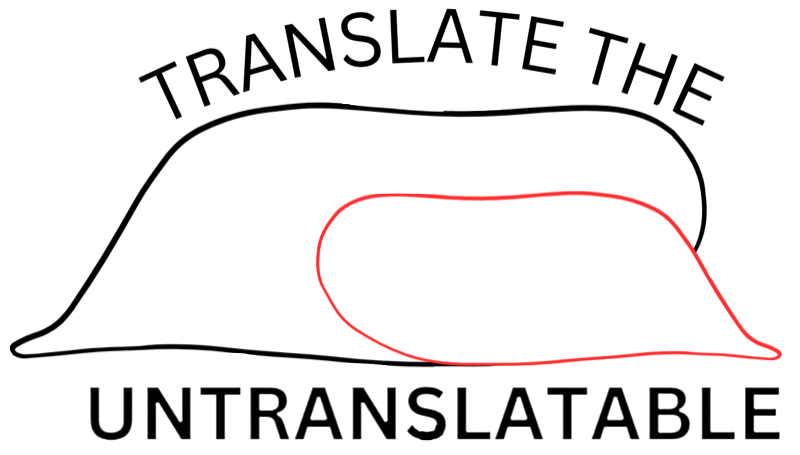
There are over a billion words spoken in more than 7,000 languages around the world, some discovered and others not yet. For years and years, linguists and translators have been proving that most of these words belong to one another no matter how different and unfamiliar the languages are. Actually, the process of discovering the relationship between words or expressions and their meaning is a great challenge that translators face all the time. Hence, translators have played a huge role in transferring meanings across nations, overcoming communication barriers, bringing people together and featuring globalization.
However, it is very common for them to stumble upon some terms that can not be directly translated into another language. These terms or expressions are also known as “untranslatables”; a piece of text and/or speech for which no equivalent can be found in another language and which is considered as a lexical gap, meaning that no perfect literal translation can be a match. In fact, every language or culture has its own words and expressions that do not exist elsewhere, therefore, idioms and concepts with no equivalent in another language. For example, the Arabic expression “to’oborne”, very commonly used and said to adored ones such as children or very close friends or family members has till this day no such equivalent in any other language. “To’oborne” indicates one’s desire to die before their loved one, so they will not have to live a day without them or suffer the pain of losing them, thus, hoping they would be the ones burying them and not the contrary. The literal translation of this phrase into English is “may you burry me” which is absolutely nonsensical and irrational and would sound as gruesome in any other language though its beautiful meaning is only comprehended by Arab speakers. It may seem impossible to translate the untranslatable or transfer a concept that does not exist somewhere else. So how do translators do it?
Experts in languages and translation will try to look for a decent solution in such cases that will fulfill the meaning of the original word or expression. The most straightforward method to get around these issues is direct translation or literal translation by which translators will translate word by word without changing the structure or the style. However, this method is incapable of delivering the same nuance nor achieving the intended meaning every time just as mentioned in the previous example of “to’oborne”. Moreover, translators can also try to adapt the word or expression in the target language. In other words, the translator will use different terms to explain the original message. Yet, professionals must not be very subjective and stay faithful to the source text, thus, they have to adopt this method appropriately and only in certain situations. Finally, when both direct translation and adaptation fail to cover the untranslatable word or expression, translators may turn to word creation, or word borrowing. This method is pretty similar to the adaptation of words, nevertheless, word creation requires taking the untranslatable word or expression and adjust it according to the grammar and the rules of the target language. For instance, the word “Sheikh”, defined as an Arab leader or a chief, is originally an untranslatable Arabic word that has finally been adapted in the English language. This is a great way to overcome cultural untranslatability, however, the process of officially borrowing a word in a different language can take several years as it requires a lot of studies, researches and reviewing.
In the end, every language has various idioms, expressions and concepts that are still impossible to be translated properly, although the message has been delivered clearly. Maybe someday, globalization will overcome the barriers set by different cultures, resulting in one unified culture using one common language everywhere in the world.